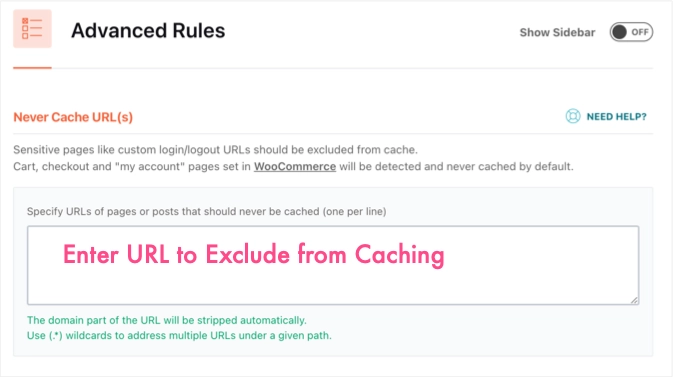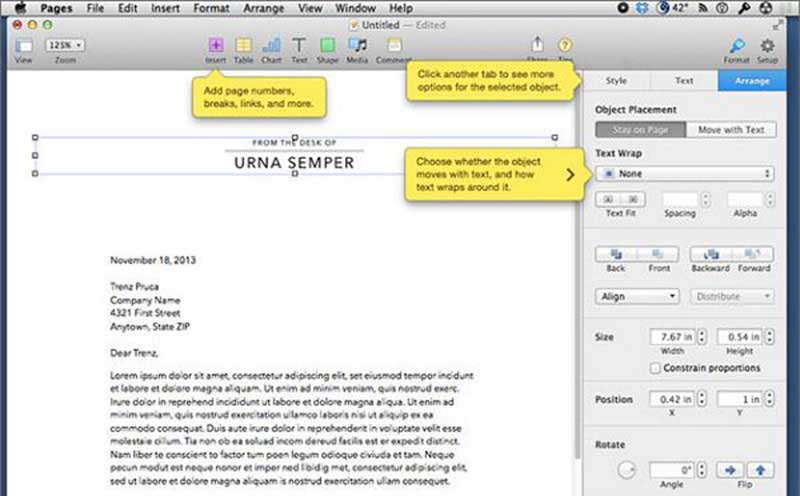

This lets you divert traffic based on type, and it also means ne’er-do-wells can’t directly attack your internal services. If you’re only serving web content, configure your reverse proxy to exclude all requests other than those for ports 80 and 443 - the default ports responsible for HTTP and HTTPS, respectively. The reverse proxy only forwards requests you want to serve. If it’s a website, one URL might be served by your customer support pages, while another might go to your shopping cart. You can create and configure a reverse proxy to forward requests to one or more internal servers based on the nature of the client’s request. Reverse proxies can also play a role in identity branding and optimization. The three most important features that reverse proxies provide are security, load balancing, and ease of maintenance. Reverse proxies stand between clients and a network service, such as a website.

In other words, for anyone trying to discern the difference between a forward and reverse proxy, a reverse proxy is exactly the same as a proxy, only backwards: A forward proxy acts on behalf of a client, while a reverse proxy acts on behalf of the server. That’s the basics of how proxies work: they pass data back and forth between clients and servers. In contrast, a reverse proxy receives requests from a client on another network, passes it to an internal server, receives the result, then relays it back to the client. A proxy forwards a connection for you - it passes on your requests, receives the replies from the sites and services you’re using, then sends them to you.

It’s part receptionist, directing incoming requests to the right department, and part bouncer, keeping intrusive eyes away from your internal infrastructure.Ī proxy server (or “forward proxy”) acts as an intermediary between you and the server of your choice. Depending on how you configure it, a reverse proxy can provide one of several functions within a single server. Organizations and businesses use reverse proxies to consolidate their internet presence.
#WHAT IS EXCLUDE IN PAGES FOR MAC MAC#
What is a Reverse Proxy Server | Proxy vs Reverse Proxy | Avast Logo Ameba Icon Security Icon Security White Icon Privacy Icon Performance Icon Privacy Icon Security Icon Performance Icons/45/01 Security/Other-Threats Icons / 32 / Bloatware removal Icons / 32 / Registry Cleaner Icons / 32 / CleanUp Icons / Feature / 32 / Mac Icons / 32 / Browser cleanup Icons/32/01 Security/Malware Icons/32/01 Security/Viruses Icons/32/01 Security/Other-Threats Icons/32/01 Security/Passwords Icons/32/01 Security/Ransomware Icons/32/01 Security/Business Icons/32/02 Privacy/Browser Icons/32/02 Privacy/IP adress Icons/32/02 Privacy/VPN Icons/32/02 Privacy/Proxy Icons/32/02 Privacy/Streaming Icons/32/03 Performance/Celaning Icons/32/03 Performance/Drivers Icons/32/03 Performance/Gaming Icons/32/03 Performance/Hardware Icons/32/03 Performance/Speed Icons / 32 / Bloatware removal Icons / 32 / Registry Cleaner Win Icons / 32 / CleanUp Icons / Feature / 32 / Mac Icons / 32 / Browser cleanup Icons/60/02 Privacy/02_Privacy Icons/60/01 Security/01_Security Icons/60/03 Performance/03_Performance Icons/80/01 Security/IoT Icons/80/01 Security/Malware Icons/80/01 Security/Passwords Icons/80/01 Security/Ransomware Icons/80/01 Security/Viruses Icons/80/01 Security/Other-Threats Icons/80/03 Security/Business Icons/80/02 Privacy/Browser Icons/80/02 Privacy/IP adress Icons/80/02 Privacy/VPN Icons/80/02 Privacy/Proxy Icons/80/02 Privacy/Streaming Icons/80/03 Performance/Celaning Icons/80/03 Performance/Drivers Icons/80/03 Performance/Gaming Icons/80/03 Performance/Hardware Icons/80/03 Performance/Speed Icons/80/03 Performance/03_Performance Icons/80/02 Privacy/02_Privacy


 0 kommentar(er)
0 kommentar(er)
